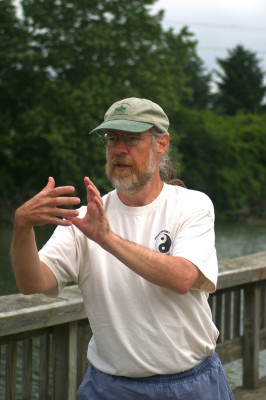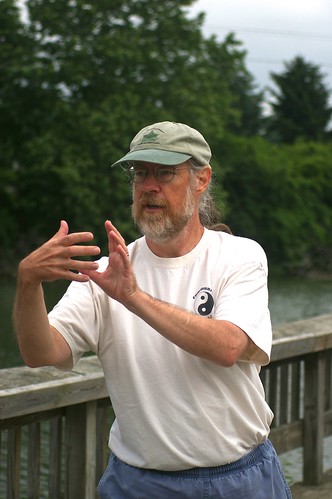Years ago, my dad pointed me to the seminal article by K. Anders Ericsson The Role of Deliberate Practice in the Acquisition of Expert Performance. From 1993, it’s the ur-text for all the later popularizers of the idea that it takes 10,000 hours of practice to get really good at something.
Of course, if you read the actual article, that’s not what it says at all. What it says is that it takes 10,000 hours of “deliberate practice” to acquire expert performance.
A friend of mine once objected strenuously to Ericsson’s term “deliberate practice,” on the grounds that we already have a perfectly good term for this set of activities: practice. If you weren’t doing what Ericsson called deliberate practice—if you weren’t monitoring your performance, evaluating your success, and trying to figure out how to do it better—then you weren’t practicing, you were just dicking around.
That being the case, you will not be surprised to learn that there was nothing new for me in Debunking the Myth of the 10,000-Hours Rule: What It Actually Takes to Reach Genius-Level Excellence. If, on the other hand, you have fallen into the popularizer’s trap, and started to imagine that spending 10,000 hours dicking around with something would make you an expert, there may be quite a bit for you to learn.
Having dug up my copy of the original paper and looked through it again as I was writing this post, I’m glad I did. It’s a great paper, and it’s good to be reminded of what practice really is.
I often figure that the time I spend writing is practice for getting better at writing—and sometimes it is. Sometimes I do monitor my performance, evaluate my success, and try to write a sentence or paragraph better. But, of course, that’s not the fun part. The fun part of writing is when you get immersed in the world of the story and the words just flow effortlessly—and any thought of monitoring, evaluating, and improving is deferred to some future editing phase.
And, unsurprisingly, Ericsson was there ahead of me:
Recent analyses of inherent enjoyment in adults reveal an enjoyable state of “flow,” in which individuals are completely immersed in an activity (Csikszentmihalyi, 1990). Similarly, analyses of reported “peak experiences” in sports reveal an enjoyable state of effortless mastery and execution of an activity (Ravizza, 1984). This state of diffused attention is almost antithetical to focused attention required by deliberate practice to maximize feedback and information about corrective action.
In contrast to play, deliberate practice is a highly structured activity, the explicit goal of which is to improve performance. Specific tasks are invented to overcome weaknesses, and performance is carefully monitored to provide cues for ways to improve it further. We claim that deliberate practice requires effort and is not inherently enjoyable. Individuals are motivated to practice because practice improves performance.
Yeah. Exactly.
And yet, there can be a certain kind of enjoyment in practice.
When I’m writing and I’m not in flow state, but rather am struggling—trying over and over again to get something right—that’s practice. And, granted, that’s not much fun—except that pretty often I do manage to get something just right. (Or at least, get something that’s better than I can do on an average day.) That’s fun.
It is perhaps even more obvious in my taiji practice, especially the qigong practice, where we do simpler moves than the movements of the taiji form, and where we do the same move over and over again. Those exercises are (or at least can be) practice. Doing the same movement a dozen times, watching how the instructor does it, trying to match his form—that’s practice. Creating a small variation with a goal of improving some specific aspect—that’s practice. And yet, it can be fun, too, if approached with a playful attitude. (Today I tried to do some of my single-leg standing practice with my eyes closed. I picked the easiest of the various single-leg standing exercises that we do, and still wasn’t very successful—I almost toppled over a couple of times. But it was amusing in a way—and in the course of just a few minutes, I became perceptibly better at standing on one leg with my eyes closed. That was fun.)
Practice. It’s not just for getting to Carnegie Hall.



 I’m going to be teaching a Tai Chi class this summer for the
I’m going to be teaching a Tai Chi class this summer for the